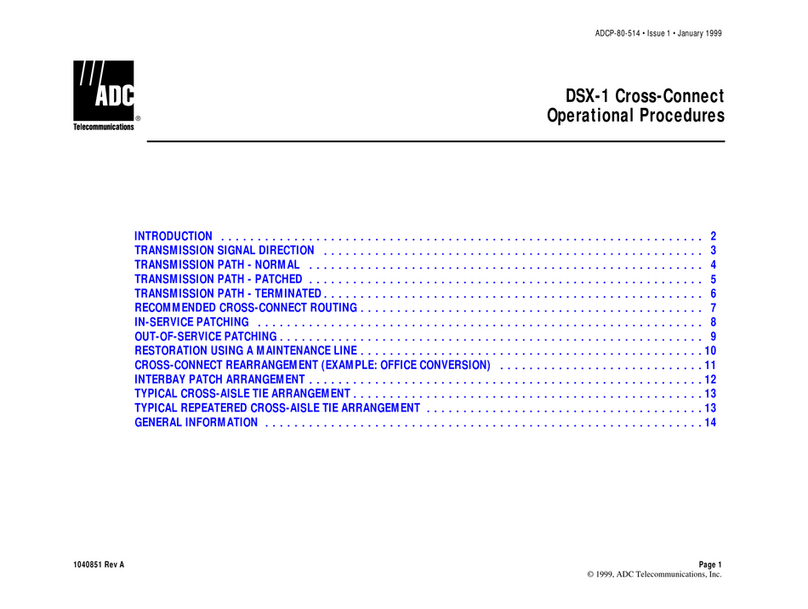
Introduction
The STM32L4P5G-DK Discovery kit is a complete demonstration and development platform for the STMicroelectronics Arm®
Cortex®-M4 core-based STM32L4P5AGI6PU microcontroller with four I²C buses, three SPI and six USART ports, CAN port, two
SAI ports, 12-bit ADC, 12-bit DAC, internal 320-Kbyte SRAM and 1-Mbyte Flash memory, two Octo-SPI memory interfaces,
touch-sensing capability, USB OTG FS port, LCD-TFT controller, flexible memory controller (FMC), 8- to 14-bit DCMI interface
and JTAG debugging support.
The STM32L4P5G-DK Discovery kit, shown in Figure 1 and Figure 2, is used as a reference design for user application
development before porting to the final product.
The full range of hardware features available on the board helps users improve application development evaluating all the
peripherals (USB OTG FS, Octo-SPI Flash and PSRAM memory device, eMMC, and others). ARDUINO® Uno V3 and STMod+
connectors provide easy connection to extension shields or daughterboards for specific applications.
An STLINK-V3E is integrated into the board, as the embedded in-circuit debugger and programmer for the STM32 MCU and the
USB Virtual COM port bridge.
Figure 1. STM32L4P5G-DK top view Figure 2. STM32L4P5G-DK bottom view
Pictures are not contractual.
Discovery kit with STM32L4P5AG MCU
UM2651
User manual
UM2651 - Rev 2 - September 2020
For further information contact your local STMicroelectronics sales office. www.st.com



























